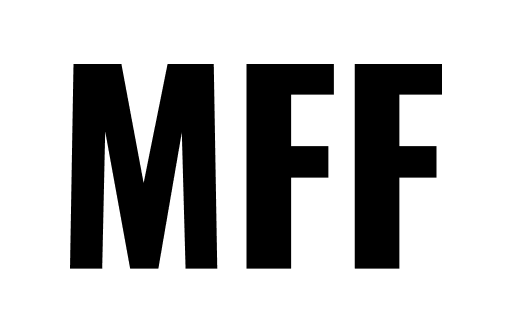— What a joy and a true marvel it is, at the dawn of one’s creative journey, to encounter a soul without whom the birth of ideas so rich in both artistic vision and technical mastery would have been impossible.
— MFF
The Fate of a Soldier | Maestro of Sparks
In great art, there are always two forces. The first is the artist’s vision, breaking through time, striving to take form. The second is the hands of the master, which give that vision flesh and strength, transforming a dream into tangible reality.
In the “Ashes of War” project, this second force has a name — Viktor Bielchyk. A man who has worked with steel for over a quarter of a century, mastering the art of electric welding, an art akin to alchemy. For him, molten metal is not merely material; it is living matter that can be joined, tamed, and transformed into something sublime.
His hands, marked by the fire of his craft, carry precision and power accumulated over decades of experience. It is they that support MFF’s visions, giving life to sculptures forged from the fragments of war. Without Viktor Bielchyk, these metal monoliths — vessels of a nation’s pain and hope — would never have shone.
There is something sacred in his work: each spark from the welding torch resembles a flash of prayer, uniting what was torn, healing what was broken, creating what is new. In this lies a special grandeur: the ability to craft beauty where once there was only ashes.
The “Ashes of War” project is not merely art; it is a shared feat of artist and master. And alongside the name of the creator stands the name of the welder — Viktor Bielchyk — without whom fire and steel could never have become a language of high art.
Awards of
Viktor Bielchyk

St. Equal-to-the-Apostles
Prince Volodymyr the Great, 2nd Class
Ukraine
2024
"For Cooperation"
of the State Border Guard Service
Ukraine
2025

Viktor Bielchyk with elements of the “Cross of Peace” installation, featuring the Golden Crucifix, in his workshop.
Odesa, 2024
Photo by Maria Universaluk
Fire and Steel
The creation of the sculptures in the “Ashes of War” series is not merely an act of art—it is a journey, both technical and spiritual, a passage through trial and transformation. There are no shortcuts here, no easy resolutions: every stage is a crucible, every spark a step toward the impossible.
At the heart of these works lie fragments of cast-iron munitions, rusted and battered by time and explosion. Stubborn and unyielding, they resist the hand of the maker. It is the fire of the welding torch that bridges the chasm between chaos and harmony. Its blue flame becomes both instrument and interpreter, coaxing matter to surrender, to yield, to take on new form.
The series is defined by a singular, multilayered technique, which grants the sculptures not only physical volume but also spiritual depth. Each layer of metal is a stratum of memory: from the violence of explosion to the silence of renewal. In “The Holy Mandylion” this layering reaches its apogee. In the iron visage of Christ, serenity emerges from rigidity; a face forged from the remnants of war radiates peace, as if fire and steel themselves have learned the language of prayer.
Yet there is no compromise here, no reshaping of the fragments to suit convenience. They remain as they were found on the battlefields, raw and untamed. The artist and the master assemble this complex mosaic, allowing ruptured pieces to converge into harmonious unity. In this act lies a quiet restoration: from chaos, order; from ruin, form; from ashes, art.
Fire and steel, destruction and creation, anguish and tranquility—these opposites meet within the sculptures of the “Ashes of War”. It is in this convergence that their true power resides: witnesses to tragedy, yet heralds of hope, proving that even from fragments, the visage of peace can be forged.


